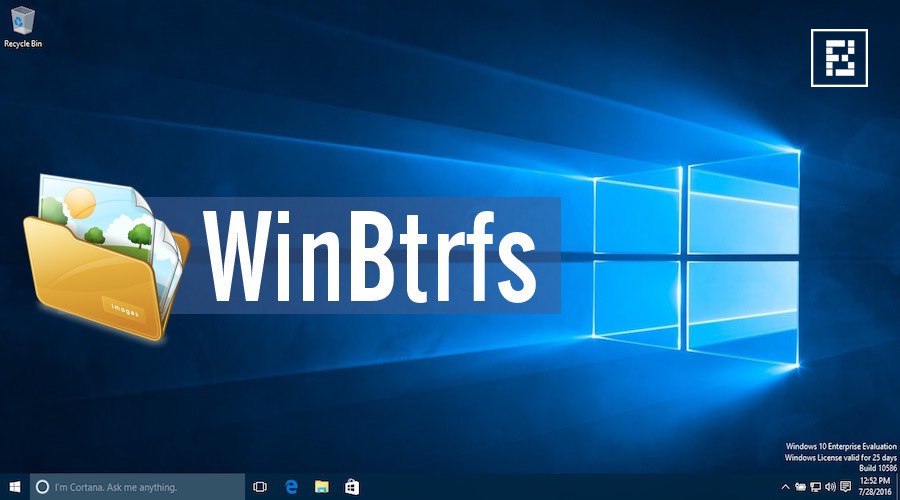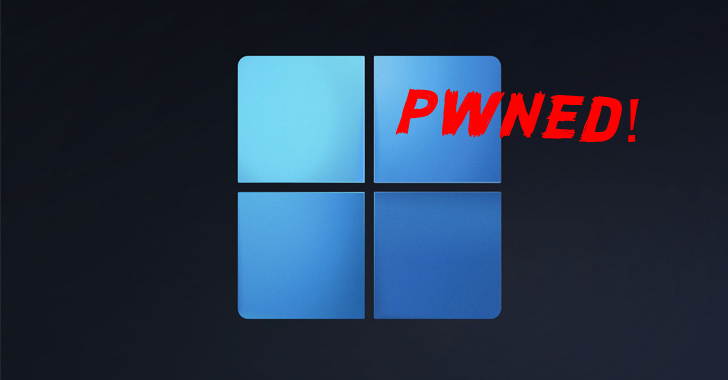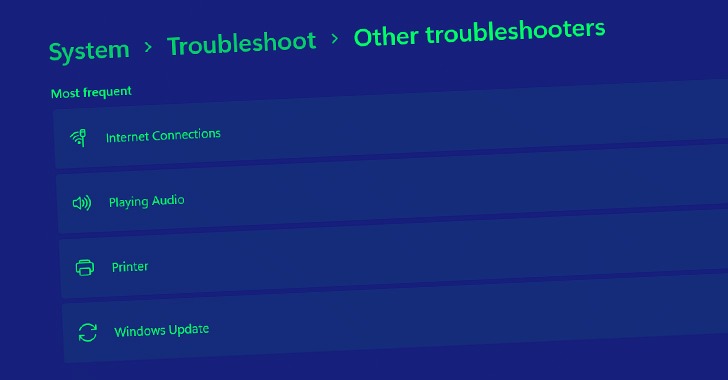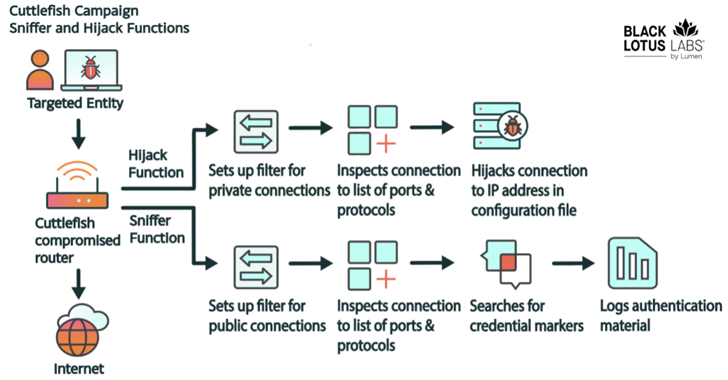 Short Bytes: In a slight intermission in the Btrfs series, we’re looking at WinBtrfs, a “from-scratch” implementation of the Linux brainchild filesystem, Btrfs. Windows has a notorious lack of support for filesystems, and a shaky reputation with its RAID software, meaning WinBtrfs could be a saving grace for filesystems on Windows.
Short Bytes: In a slight intermission in the Btrfs series, we’re looking at WinBtrfs, a “from-scratch” implementation of the Linux brainchild filesystem, Btrfs. Windows has a notorious lack of support for filesystems, and a shaky reputation with its RAID software, meaning WinBtrfs could be a saving grace for filesystems on Windows.
Cue WinBtrfs. WinBtrfs is an implementation of Btrfs for Windows built from the ground up. It doesn’t contain any of the code from the original Btrfs project and is licensed under the LGPL. The project has come to support many of the staple features that Linux users of Btrfs benefit from.
As of now, the project supports RAID0/1/10, full subvolume support, snapshots, and even ACLs. As the project becomes more feature-complete and stable, it will surely allow for some blistering performance, even on commodity hardware. But much more importantly, it will put the power of redundant and reliable storage into the hands of the less technically inclined.
WinBtrfs is by no means a stable solution yet, though. Being in early development, the project is bound to have bugs, some more dangerous than others. The author offers a blunt disclaimer describing the possibilities of using the software and insists on maintaining a proper backup, but then goes on to say that it “ought to be suitable for day-to-day use.”
Are any of the fossBytes readers interested in giving it a spin? You can find on GitHub here. Let us know how it goes in the comments below.
Also Read: Linux Filesystems Explained — EXT2/3/4, XFS, Btrfs, ZFS










